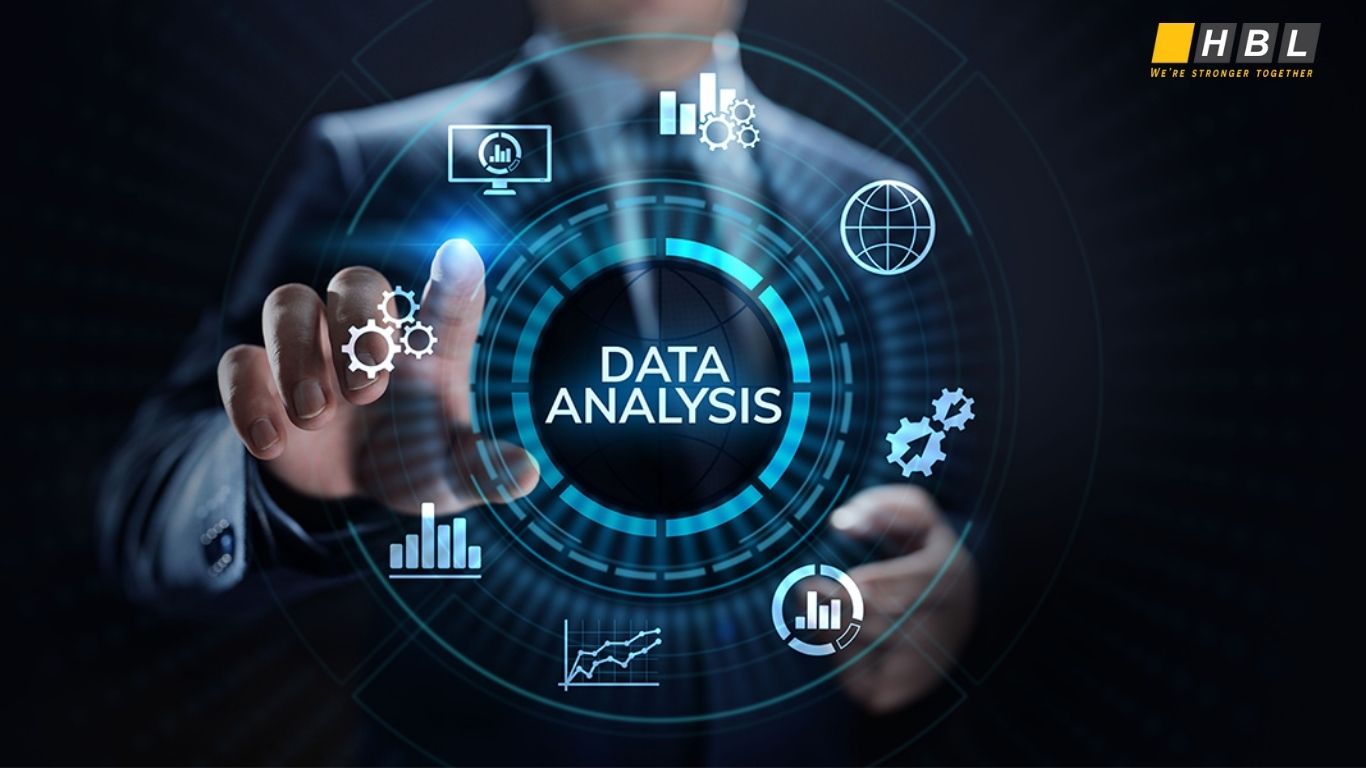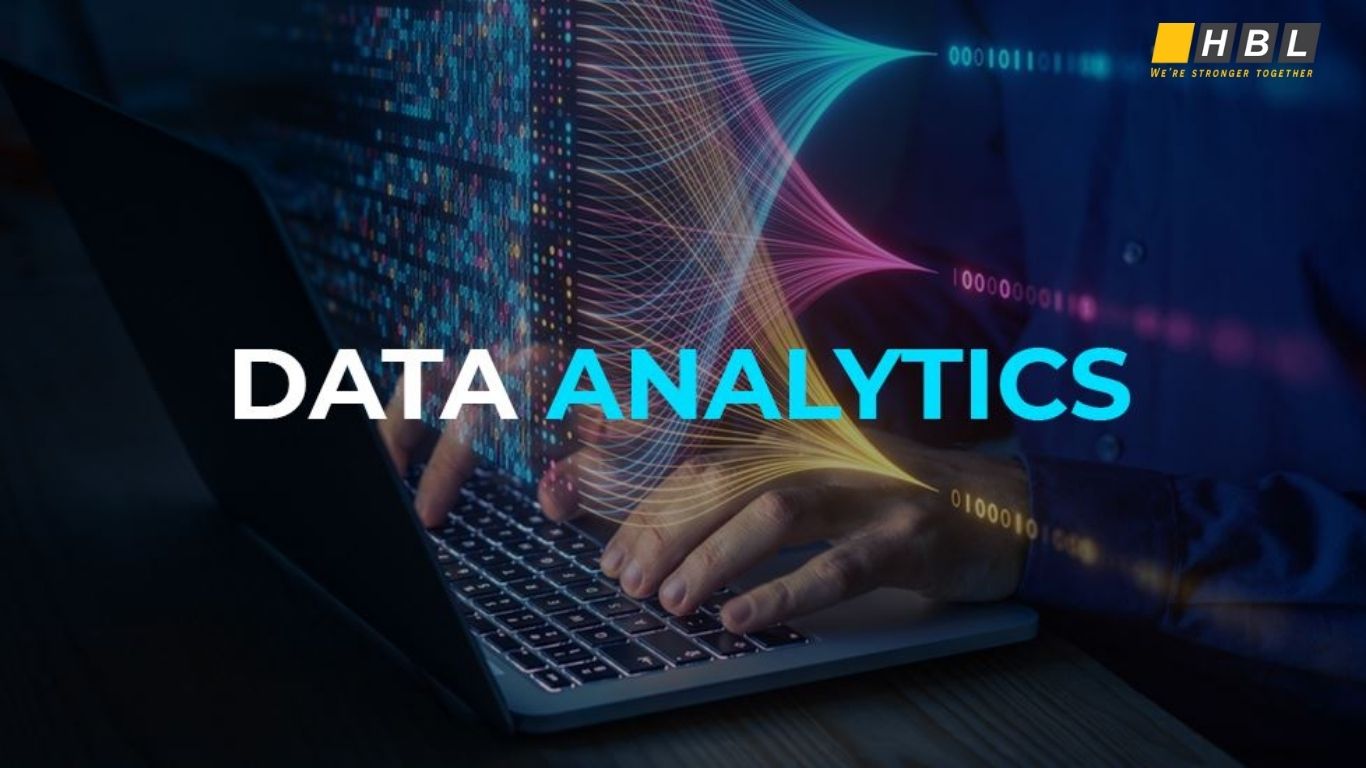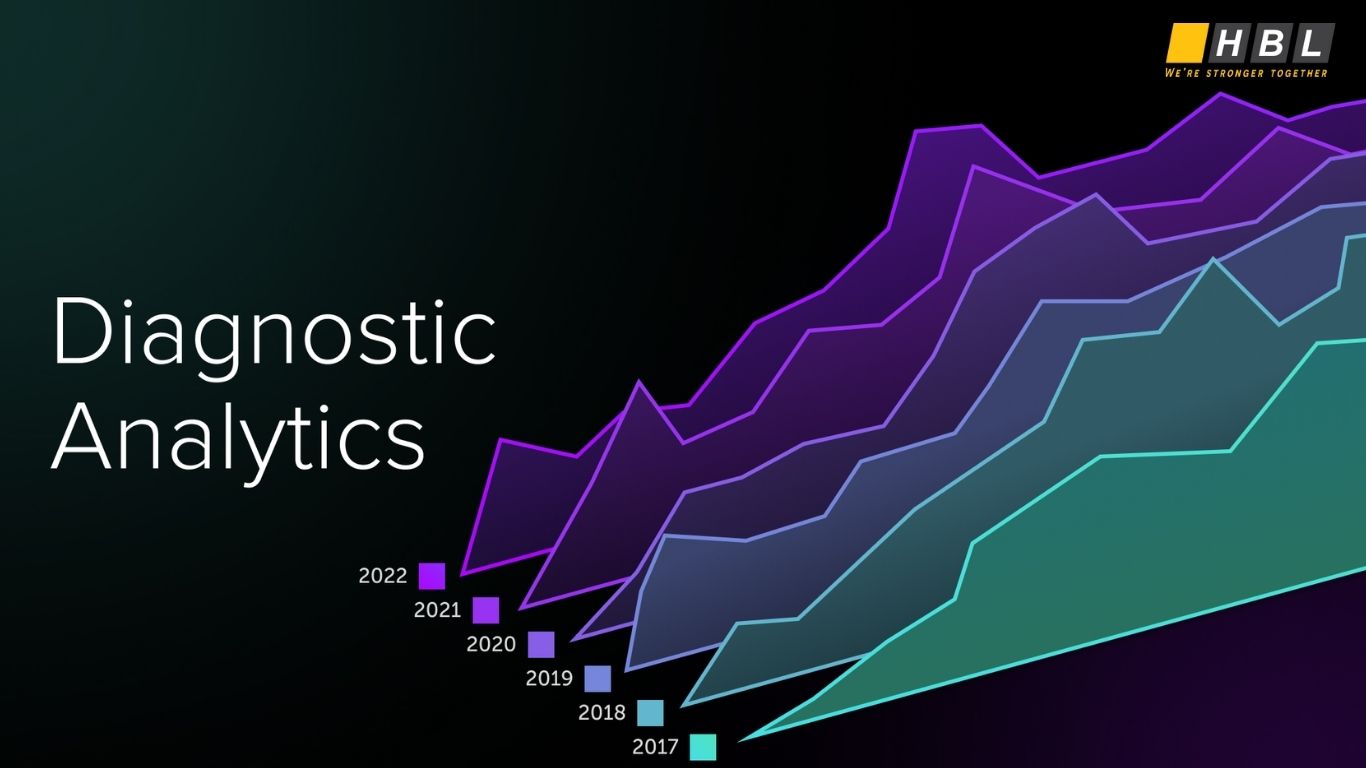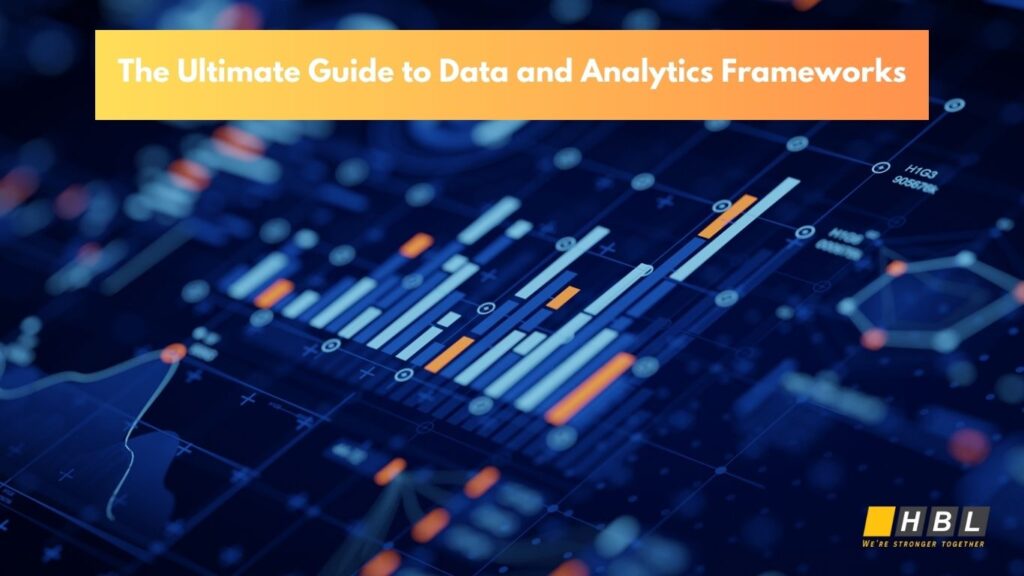Learn how to build an effective Data and Analytics Framework to turn data into valuable insights, improve decision-making, and optimize business performance. This guide explores essential components, strategies, tools, and emerging trends to help organizations harness the power of data.
Introduction
1.1. Definition of Data and Analytics Frameworks
A Data and Analytics Framework is a structured system that defines how organizations collect, store, process, and analyze data to generate actionable insights. It encompasses the technologies, methodologies, and governance practices needed to ensure data accuracy, security, and accessibility. By implementing a well-designed framework, businesses can streamline decision-making, enhance operational efficiency, and unlock the full potential of their data.

1.2. Why do businesses need a data analytics framework?
Businesses need a data analytics framework to effectively manage, process, and analyze data for informed decision-making. A structured framework ensures data accuracy, consistency, and security while enabling organizations to uncover valuable insights, optimize operations, and enhance customer experiences. By leveraging the right analytics framework, companies can improve efficiency, drive innovation, and gain a competitive edge in an increasingly data-driven world.
Key Aspects of a Data and Analytics Framework
2.1. Data Sources: Internal vs. External
Data sources form the backbone of any analytics framework, providing the raw information needed for decision-making. These sources can be classified into:
- Internal Data: Generated within the organization, internal data includes customer transactions, website interactions, operational logs, and CRM records. This data is typically structured and directly relevant to business objectives.
- External Data: Collected from third-party sources such as market research, social media trends, government reports, and industry benchmarks. External data helps businesses gain a broader perspective and enhance their internal analysis.
2.2. Data Storage: Cloud, On-Premise, and Hybrid Solutions
Choosing the right data storage method is essential for efficient data management and accessibility. Organizations typically opt for one of the following solutions:
- Cloud Storage: Hosted by providers like AWS, Google Cloud, or Microsoft Azure, cloud storage offers flexibility, scalability, and cost-effectiveness. It is ideal for businesses that need remote access and large-scale data handling.
- On-Premise Storage: This involves storing data on local servers within the organization, providing greater control and security. However, it requires significant investment in infrastructure and maintenance.
- Hybrid Storage: A combination of on-premise and cloud storage, allowing businesses to keep sensitive data in a private environment while leveraging the cloud for scalability and analytics.
The right storage choice depends on factors like data sensitivity, regulatory requirements, and budget constraints.
2.3. Data Processing & ETL: Ensuring Data Quality and Consistency
Before data can be analyzed, it needs to be cleaned and prepared through ETL (Extract, Transform, Load) processes:
- Extract: Data is gathered from multiple sources.
- Transform: The extracted data is cleaned, formatted, and structured to remove inconsistencies.
- Load: Processed data is stored in a database, data warehouse, or data lake for further analysis.
Effective data processing ensures that the insights drawn from analytics are reliable and accurate, reducing errors that could impact business decisions.

2.4. Analytics Tools: AI, Machine Learning, and Business Intelligence
Organizations rely on a range of analytics tools to uncover patterns and make data-driven decisions:
- Business Intelligence (BI) Tools: Platforms like Power BI, Tableau, and Looker provide visualization and reporting capabilities.
- Machine Learning & AI: AI-powered tools such as TensorFlow and IBM Watson enable predictive analytics and automation.
- Big Data Processing Tools: Solutions like Apache Spark and Hadoop allow for large-scale data processing.
Using these tools, businesses can identify trends, optimize processes, and enhance customer experiences with data-backed strategies.
2.5. Data Governance & Security: Compliance and Risk Management
A strong data governance framework ensures that data is managed responsibly and securely. This includes:
- Compliance with Regulations: Adhering to laws such as GDPR, CCPA, and HIPAA to protect consumer privacy.
- Security Measures: Implementing encryption, access controls, and monitoring systems to safeguard data from breaches.
- Data Quality Assurance: Establishing policies to maintain accuracy, consistency, and reliability.
With proper governance, businesses can build trust, minimize security risks, and ensure ethical data usage.
3. Types of Data Analytics Frameworks
A Data Analytics Framework helps organizations analyze data at different levels, from understanding past events to making future predictions and recommending optimal decisions. Here are the five key types:
3.1. Descriptive Analytics – Understanding the Past
Descriptive analytics answers the question: “What happened?” by summarizing historical data through reports, dashboards, and visualizations. It helps organizations track key performance indicators (KPIs) and identify patterns in business operations.
Example: A retailer analyzing monthly sales data to determine which products sell best during different seasons.
3.2. Diagnostic Analytics – Finding the Causes
Diagnostic analytics answers: “Why did it happen?” by diving deeper into data to identify the reasons behind trends or anomalies. It involves statistical analysis, data mining, and correlation techniques to uncover root causes.
Example: A hospital investigating why certain departments have higher patient readmission rates by analyzing treatment history and doctor performance.

3.3. Predictive Analytics – Forecasting Future Trends
Predictive analytics answers: “What is likely to happen?” by using historical data, machine learning models, and statistical algorithms to identify patterns and predict future outcomes. It is widely used in risk management, demand forecasting, and customer behavior analysis.
Example: A bank assessing a customer’s credit history and spending behavior to predict the likelihood of loan default.
3.4. Prescriptive Analytics – Recommending Actions
Prescriptive analytics answers: “What should be done?” by providing data-driven recommendations to optimize decision-making. It leverages AI, simulation models, and optimization algorithms to suggest the best course of action.
Example: A logistics company optimizing delivery routes in real-time based on traffic, weather, and fuel efficiency data.

3.5. Cognitive Analytics – Simulating Human Thinking
Cognitive analytics combines AI, machine learning, and natural language processing (NLP) to analyze complex data, recognize patterns, and simulate human decision-making. It is often used in automation, fraud detection, and personalized recommendations.
Example: A chatbot analyzing customer queries and past interactions to provide personalized responses and support.
Each type of Data Analytics Framework plays a crucial role in helping businesses extract value from data, improve efficiency, and drive strategic decision-making.
4. Developing an Effective Data and Analytics Strategy
A strong data and analytics strategy ensures that data-driven insights align with business objectives, drive efficiency, and maintain security. To achieve this, organizations must focus on key elements such as governance, technology, and skill development.
4.1. Aligning the Framework with Business Goals
For a data and analytics framework to be successful, it must support the company’s overall objectives. Whether the goal is improving customer experience, optimizing operations, or increasing revenue, the framework should provide actionable insights that contribute to strategic decision-making.
Example: An e-commerce company aiming to improve customer retention can leverage data analytics to track buying behavior and personalize recommendations.
4.2. Data Governance: Ensuring Quality, Security, and Compliance
A robust data governance strategy ensures that data is accurate, secure, and compliant with regulations like GDPR and CCPA. This includes defining policies for:
- Data quality: Ensuring data is accurate, complete, and reliable.
- Security measures: Implementing encryption, role-based access, and threat monitoring.
- Regulatory compliance: Adhering to legal requirements for data privacy and protection.
Example: A healthcare provider following HIPAA guidelines to secure patient records and prevent unauthorized access.
4.3. Choosing the Right Technology Stack
Selecting the right tools and platforms is crucial for efficient data processing, storage, and analysis. The ideal technology stack depends on factors like data volume, business needs, and integration requirements.
- Cloud platforms: AWS, Google Cloud, and Azure for scalable data storage.
- Data processing tools: Apache Spark, Hadoop, and SQL-based solutions.
- Analytics & visualization tools: Tableau, Power BI, and Python-based libraries.
Example: A financial firm using machine learning models on a cloud platform to detect fraudulent transactions in real time.
4.4. Skill Development: Building a Data-Driven Team
To fully leverage a data and analytics strategy, businesses need skilled professionals in:
- Data engineering: Managing infrastructure and pipelines.
- Data science: Building models for predictive analytics.
- Business intelligence: Translating data into actionable insights.
Investing in training programs, hiring experts, or upskilling existing employees ensures long-term success in data-driven decision-making.
Example: A retail company training its marketing team in data analytics tools to optimize campaign performance.
By implementing these key components, organizations can develop a powerful data and analytics strategy that enhances decision-making, improves efficiency, and ensures compliance.
5. Popular Data Analytics Tools and Frameworks
Choosing the right data analytics tools and frameworks is essential for efficient data processing, analysis, and decision-making. These tools help businesses collect, store, analyze, and visualize data effectively.
5.1. Programming Languages
Programming languages are the foundation of data analytics.
- Python – Widely used for data analysis, machine learning, and automation.
- R – Preferred for statistical analysis and data visualization.
- SQL – Essential for querying and managing structured databases.
Example: A financial analyst using SQL to retrieve customer transaction data for trend analysis.

5.2. Data Visualization Tools
Data visualization tools help businesses present insights in an easy-to-understand format through dashboards, charts, and reports.
- Tableau – Known for interactive and customizable visualizations.
- Power BI – Integrated with Microsoft tools for seamless reporting and analytics.
Example: A marketing team using Power BI to track campaign performance and audience engagement.
5.3. Big Data Processing
For handling large-scale data, businesses rely on big data processing frameworks.
- Apache Spark – Fast, in-memory data processing for real-time analytics.
- Hadoop – Distributed storage and processing framework for massive datasets.
Example: A telecom company analyzing customer call data using Apache Spark for network optimization.
5.4. Machine Learning Libraries
Machine learning libraries enable predictive analytics and AI-driven insights.
- Scikit-learn – Best for implementing machine learning algorithms in Python.
- TensorFlow – Used for deep learning and neural networks.
Example: A healthcare provider using TensorFlow to develop an AI model for early disease detection.
5.5. Data Integration Platforms
Data integration platforms help organizations streamline data flow between multiple sources.
- SQL Server Integration Services (SSIS) – A Microsoft tool for automating data extraction, transformation, and loading (ETL).
- RapidMiner – A no-code platform for data science and predictive analytics.
Example: A retail company using SSIS to consolidate sales data from multiple stores for a unified report.
By leveraging these powerful analytics tools and frameworks, businesses can enhance data-driven decision-making, improve efficiency, and gain a competitive edge.
6. Future Trends in Data and Analytics Frameworks
As technology evolves, so do the data and analytics frameworks businesses rely on. Here are key trends shaping the future:
6.1. AI Integration
AI will automate tasks, identify patterns, and provide better predictions, enhancing decision-making with faster, more accurate insights.
Example: AI-driven recommendation systems in retail.

6.2. Real-Time Analytics
Real-time data processing will allow businesses to make quick, data-driven decisions, improving customer experience and efficiency.
Example: Dynamic pricing in ride-sharing services based on real-time demand.
6.3. Data Fabric and Mesh
Data fabric integrates data across systems, while data mesh decentralizes data ownership, offering more scalable and flexible data management.
Example: A company using data mesh for department-level data control.
6.4. Enhanced Data Security
Advanced security measures like encryption and compliance with privacy laws will protect data integrity and prevent breaches.
Example: Financial institutions securing customer data with multi-layered protection.
These trends will shape the future of data analytics, driving efficiency, flexibility, and security.
Conclusion
Data and analytics frameworks are critical for business success, providing structure to data collection, analysis, and decision-making. They help organizations optimize operations, improve efficiency, and stay competitive.
To create an effective framework, businesses should align it with strategic goals, implement strong data governance, select the right tools, and invest in skill development.
As data technologies evolve, businesses must embrace continuous learning and stay updated on emerging trends like AI and real-time analytics to maintain a competitive edge. Start building your framework today to drive smarter decisions and long-term success.
See more:
Data-Driven Business Strategy: The Key to Unleashing Breakthrough Growth
Top 15 Best Practices for Data Analysis: A Comprehensive Guide




